 I’ve been chatting to a couple of clients over the last fortnight about the importance of developing a unique proposition for people management.
I’ve been chatting to a couple of clients over the last fortnight about the importance of developing a unique proposition for people management.
We tend to think that there is just one best way of doing HR, whereas in fact there is a broad variety of potential approaches open to us.
The key point is that people are all different. This being the case, organisations can choose which sort of people they’re going to focus on employing and supporting. The challenge then is aligning HCM strategy and HC / HR processes around this strategy in a way that will appeal to (deliver the deal for) the chosen group of people.
There’s a good example of this in Paul Evans and Vladimir Pucik’s book, The Global Challenge, which also emphasises the need for differentiation supported by internal consistency, along with the balancing of dualities (local and global) in international human resource management.
This is Haier, established as a refrigerator factory in Qingdao in 1920 and now a multinational consumer electronics and home appliances company which with over 6% share of the white goods sector is the market leader. It is also credited with being mainland China’s (vs Hong Kong’s) only truly global brand.
Haier models its HR strategy on a race track in which case all employees, including managers, need to keep racing, and winning, in order to access rewards and responsibilities etc. The company explains:
“Haier provides its every employee opportunities to develop and demonstrate talents.
It is not able people, but the mechanism to encourage able people development, should we be concerned about. The responsibility of a manager is to establish a ‘race track’, ie. personality development opportunity, for every employee to become a SBU.
The ‘Horse racing court’ requires three principles, firstly, fair competition; secondly, ability-based appointment; thirdly, reasonable job rotation. Under the contract labor system policy, employees are regularly evaluated and classified by performances, and the managerial personnel do not work at the same position permanently but rotate regularly in a fixed period. The significance of Haier’s human resource management is to stimulate the enthusiasm of employees. In this system, every employee can feel the pressure from both inside and outside the company and convert the pressure into creative motility. This is the key to success.”
Some of the main features of Haier’s approach include:
- Each employee’s targets increase by 1% every day.
- Every employee is subject to frequent and transparent performance appraisals (going against the traditional Chinese culture in which saving face is so important).
- Low performers are ‘put on medication’ which means remedial training. More serious cases are put on ‘IV use’ which includes demotion. Three negative reviews placing an employee in the bottom 10% of the workforce, leads to ‘hospitalisation’, ie dismissal.
- All employees can compete for job openings and promotions (‘races’) but have to keep on winning these to retain the title – there’s no such thing as a permanent promotion.
- Managers performance is also reviewed every week with the results being displayed every month in the entrance to the company’s cafeteria. This includes green or red arrow indicating whether the manager’s score has gone up or down that month.
- Every quarter, those being judged ready to move are transferred into the company’s talent pool – but for that quarter only. Evans and Pucik note ‘there’s no philosophy of once you’re in, you’re in at Haier’.
- Promotions and demotions are published in the company’s internal newspaper.
- Chinese employees don’t receive a salary, but a share in the company’s profits, based upon their individual performance.
There’s also a good description of Haier in ‘OEC Management-
Control System Helps China Haier Group Achieve Competitive
Advantage’ (Thomas Lin, Managing Accounting Quarterly, 2005).
This notes, for instance, that:
“Each employee receives a daily grade for actual performance and progress toward achieving his or her target. Daily evaluation results are shown to workers the next day on the bulletin boards in the factory. The employees who are acknowledged as the best workers for three consecutive days have the honor of telling their experiences to fellow workers…
Small yellow 6-S squares are painted on the factory floor. At the beginning of each workday, team leaders stand inside the squares to give a briefing on that day’s work and relay any news to the employees. At the end of each workday, some workers will be called to stand on the footprints inside the squares to criticize themselves for making mistakes and share corrective actions taken during the day or to share some of their good work…
The company adopts a point system for production workers using the 3E card, and, if an employee earns more points, he or she makes a higher wage and bonus (this way, both management and employee know the daily wage and why).
The company also uses quality-check coupons to provide an additional incentive mechanism. Each employee has a quality-check coupon booklet with red and yellow coupons for rewards and penalties. The booklet lists all quality problems the firm has detected and provides guidelines for checking each defect. If an employee failed to self-check a quality problem that was later found by his or her team member during a cross-check or by the superior during a managerial check, the employee will lose a red coupon and receive a yellow coupon that will be counted against that day’s wage and bonus…
At the end of the day, all workers conduct a selfcheck of their own work with the OEC criteria, fill out their 3E (Everyone, Everything, and Everyday) cards with seven OEC criteria items, and submit them to their supervisors. All employees fill in a form daily and calculate their wage using the following formula: wage = rate 5 quantity + award – penalty.”
Now, we do need to be careful about stereotypes. So for example, Evans and Pucik note that ‘while China has been a high power distance country, characterised by high in-group collectivism, young urban Chinese exhibit a considerably higher degree of individualism and a more modest level of power distance. They are also more assertive than the previous generation.’
However I think most people would still agree that the US still has a more individualistic national culture and China a more collective one.
This makes it even more remarkable that Haier has managed to develop such a competitive company culture that it even strikes its newer US workforce as overly competitive (meaning that the company has had to adapt some of its HR practice such as giving out a brown bear or a pink pig, rather than assigning a red or yellow face to high / low performing employees).
I think this indicates very nicely and quite powerfully what can be achieved through differentiation.
The point here is that even a company as large and global as Haier (or GE or Aviva) can find a basis for differentiation, and enough people who will fit with this differentiated approach. We don’t all have to implement the same ‘best practices’.
Contact me if you’d like to develop an approach that is best fit!
- Consulting - Research - Speaking - Training - Writing
- Strategy - Team development - Web 2.0 - Change
- Contact me to create more value for your business
- jon [dot] ingham [at] social [dash] advantage [dot] com
.
 For the third year in a row, Evan Carmichael has rated this blog as one of his top 5 HR blogs. This year I’ve even made it to the top of the post, just below Kris Dunn (pictured) and his team’s blog, Fistful of Talent – star billing indeed! Thanks Evan!
For the third year in a row, Evan Carmichael has rated this blog as one of his top 5 HR blogs. This year I’ve even made it to the top of the post, just below Kris Dunn (pictured) and his team’s blog, Fistful of Talent – star billing indeed! Thanks Evan!




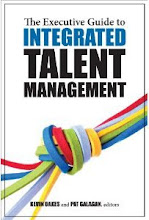



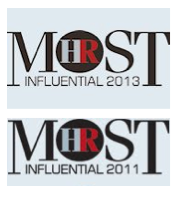







 The second big HR technology conference I’ll be speaking at this year is this one, HR Technology Europe (
The second big HR technology conference I’ll be speaking at this year is this one, HR Technology Europe ( I thought that was an amusing title from the new
I thought that was an amusing title from the new  Wally Bock (of
Wally Bock (of 
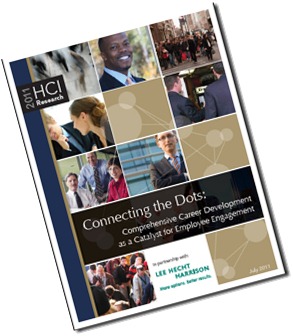 I was delivering a training session on employee engagement today (
I was delivering a training session on employee engagement today (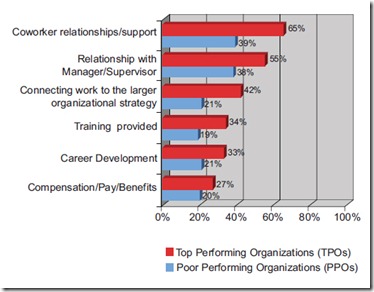
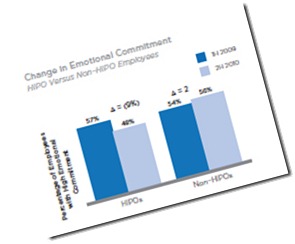

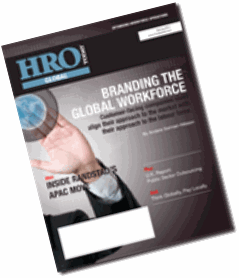 I recently wrote this article for
I recently wrote this article for  On Tuesday I spent the afternoon with David Zinger, founder and host of the
On Tuesday I spent the afternoon with David Zinger, founder and host of the  My interview with Siân Harrington of HR Magazine is now up at HR Vision:
My interview with Siân Harrington of HR Magazine is now up at HR Vision:
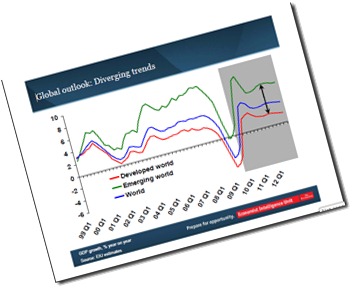
 I’ve been chatting to a couple of clients over the last fortnight about the importance of developing a unique proposition for people management.
I’ve been chatting to a couple of clients over the last fortnight about the importance of developing a unique proposition for people management.










